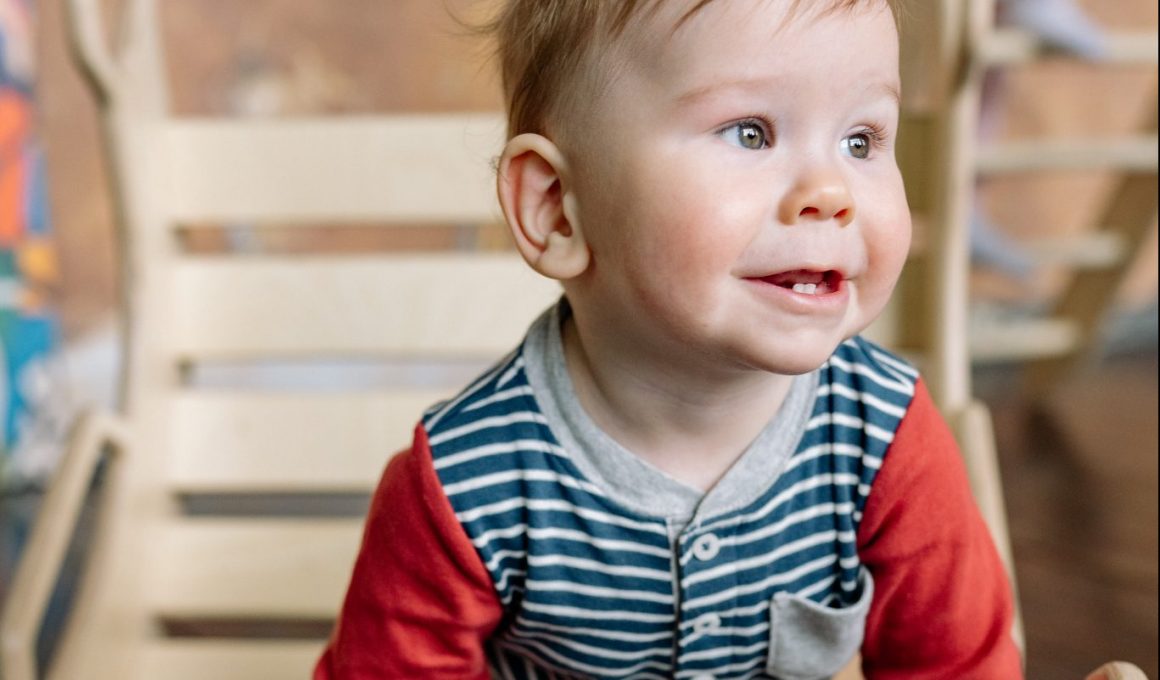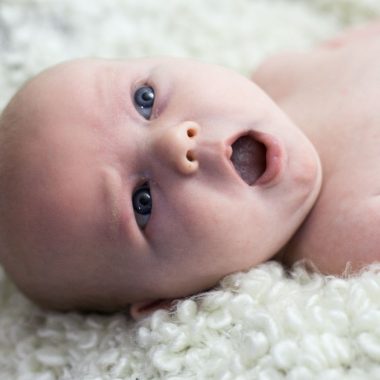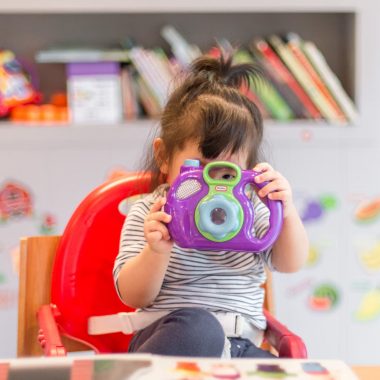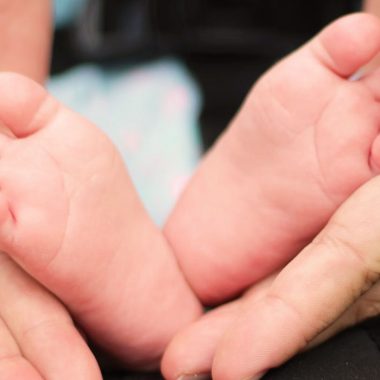Teething is one of the many developmental milestones that children go through. For new parents, this period can be quite testing. There are a lot of things to consider and care about during baby teething. For one, most new parents find themselves asking “is baby teething?” While there are several symptoms that can indicate the growth of teeth, those only surface at the 11th hour. So how can you be better prepared for your baby teething?
Teething is referred to the period of time when your baby’s teeth start pushing through their gums. Another word for this process is odontiasis. This can be quite a tough time for caregivers. It is a new developmental milestone, so your baby’s body will go through several changes. These changes will directly affect your child’s mood, health, and even routine. For that reason, it is necessary to be equipped with all the relevant information to navigate this tricky time period properly.
When do babies start teething?
Babies begin their teething process anytime between four months to 12 months. Like every other developmental milestone, there is no particular age at which your baby will begin teething. Some children show their first tooth at the age of one year. Other babies get their first tooth as early as four months. However, on average babies will get their first tooth around 6 months.
The first teeth to grow are the lower front teeth. The teething process continues until 36 months of age. If you find that your baby is a little late or early in teething, you have no reason to worry or fret. Give the process some time. There is also no harm in checking with your pediatrician just to be sure that everything is going according to plan. The important thing is that your baby is healthy and happy.
Babies begin using their mouths to explore the world around the age of 3 months. You will also notice that your baby is salivating more than usual. Most parents take this as a sign that their baby is teething. While excessive salivation is a sign of baby teething, sometimes babies take their time and take a few months before any teeth show.
What order do baby’s teeth appear in?
The lower central incisors are the first teeth to appear. By the age of 3, most babies should have a full set of milk teeth. Sometimes, a baby’s teeth can appear can vary slightly based on family history. But, for the most part, you can expect the first teeth to be the centermost lower teeth. Those are followed by the upper central incisors i.e. the centermost upper teeth.
Next, the teeth on either side of the upper central incisors appear. And those are followed by the accompanying bottom ones. After that, the canines begin to appear followed by the first molars. The back molars are the very last to appear. You can expect your baby to have all of their 20 baby teeth by the age of 3.
Signs and symptoms of teething
More often than not, teething symptoms resemble symptoms of a cold. So why does baby teething look similar to flu? Given that babies begin teething around 6 months of age, on average, this is around the same time that a baby’s immunity levels begin changing. An infant’s immunity that has been provided by their mother during pregnancy begins to wane. This is why infants are more prone to diseases and minor infections at this age.
Due to both, teething and a changing immune system, baby teething symptoms can often be confused with a minor cold or illness. In some cases, infants are also sick as well. For that reason, some parents associate baby teething symptoms with cold symptoms. In fact, while almost 70-80% of parents report teething symptoms, the remaining 20-30% of parents report symptoms of a cold, flu, or minor illness.
What is normal in baby teething?
At times, infants go through the teething process without any fuss. But, that is not always the case. Among the many symptoms that you will notice, some are completely normal but others might indicate a more serious issue. Some of the ordinary symptoms that babies experience during teething are:
- Drooling and excessive salivation
- Irritability and mood swings
- Loss of appetite
- Sore gums and nibbling/gnawing on objects
- Ear pulling and cheek rubbing
- Loss of sleep
What is not normal in baby teething?
If your baby is experiencing any of the following symptoms, you might need to check with your pediatrician. These symptoms are not normal and usually indicate the presence of a bigger problem.
- Rashes
- Raised temperature and fever
- Upset stomach and diarrhea
How to soothe a teething baby?
There are several ways of providing comfort to a teething baby. For instance, excessive drooling tends to affect your baby’s skin, particularly around their mouth and on their chin. This is caused by the excessive exposure of bacteria to the skin. You can apply gentle balms and gently wipe their face to keep it dry.
Another way to soothe your baby’s sore gums is frozen food. A neat trick is to stuff a baby’s pacifier with a frozen slice of orange or a grape. Fruit and veggie popsicles work really well, too. Essentially, anything cold works. A lot of parents also opt for chewing beads or teething rings as well.
Cuddles are quite important. During this time, your baby will be very irritable and fussy. You will need to shower them with love and attention to help them go through this trying time. It is best to keep them occupied so they remain distracted from the pain and discomfort.
What not to do when your baby is teething?
You must be very careful with what you give your child. Since they will probably put everything in their mouth, you have to be sure that anything you give them won’t break or rip if bitten. It should also not be filled with any liquid that is unsafe for ingestion. Anything that is frozen solid will probably cause more damage than good.
How to care for a baby’s new teeth?
Now that your baby’s first sparkly pearly whites are out, how can you care for them? You must remember that oral hygiene is very important. At the very start, you can begin cleaning your baby’s teeth by gently wiping them with a wet washcloth. You can also use gauze.
Once your baby’s teeth fully develop, start a routine of cleaning them twice a day. After feedings is a great time to do that. It is helpful to also get your baby’s teeth regularly checked. Your pediatrician will help you keep track of your baby’s teething process until the age of 3. After that, be sure to schedule regular checkups with the dentist.










